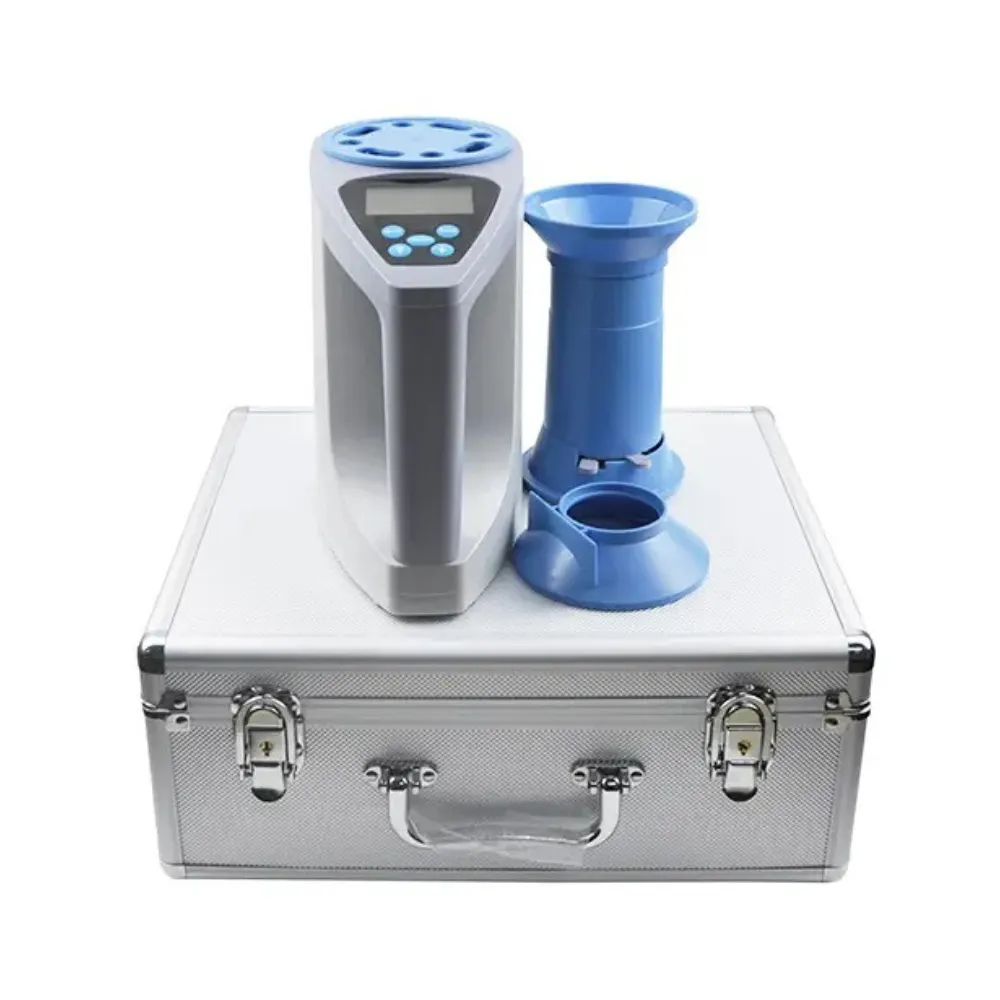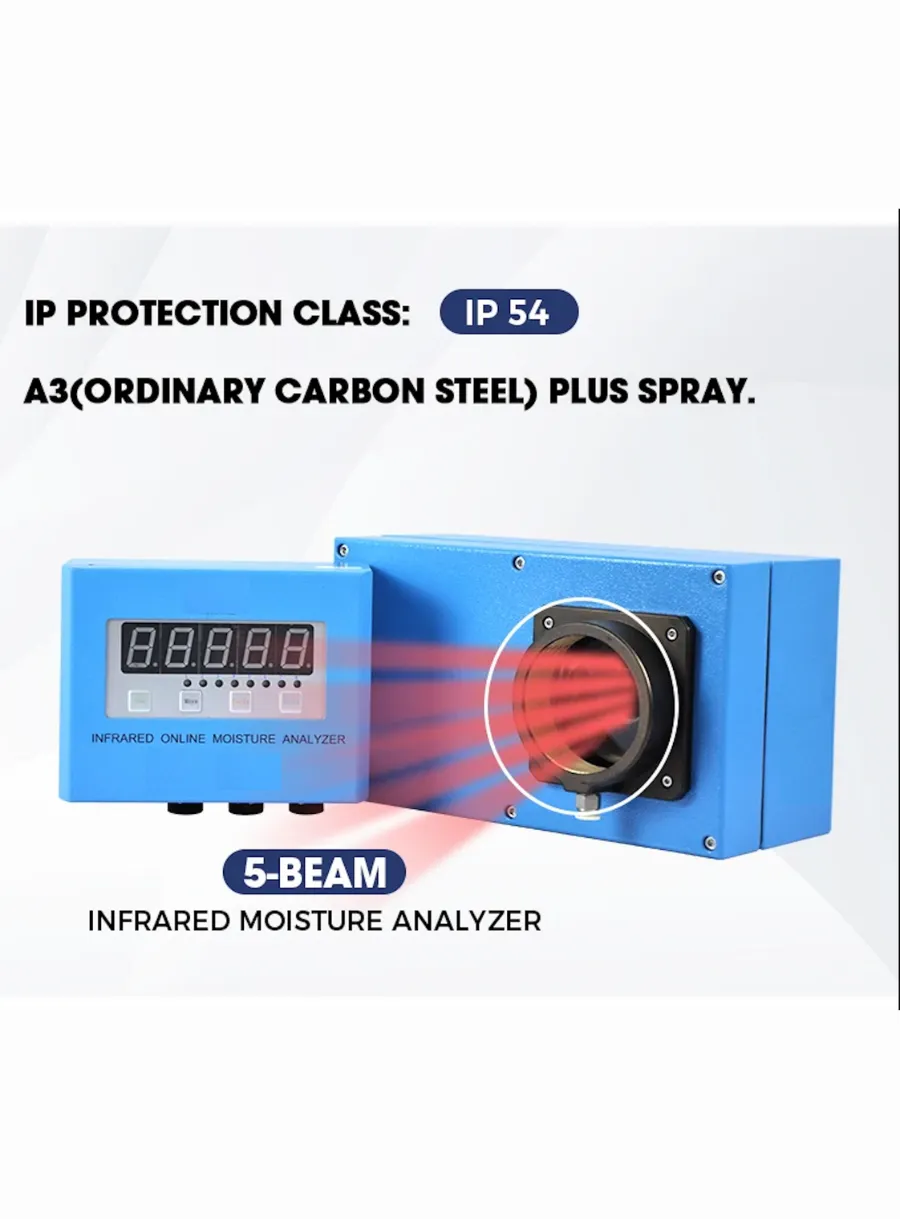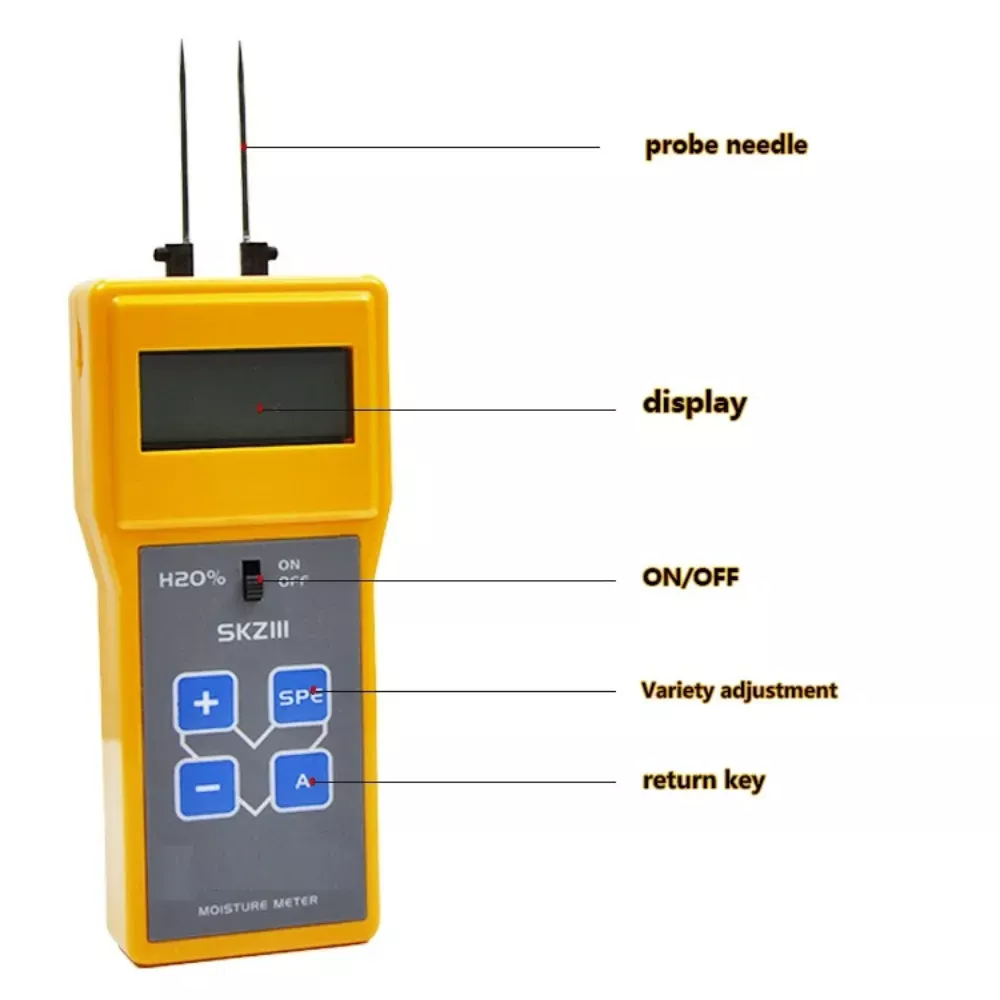
Challenges and Limitations of Corn Moisture Meters
Table of Contents
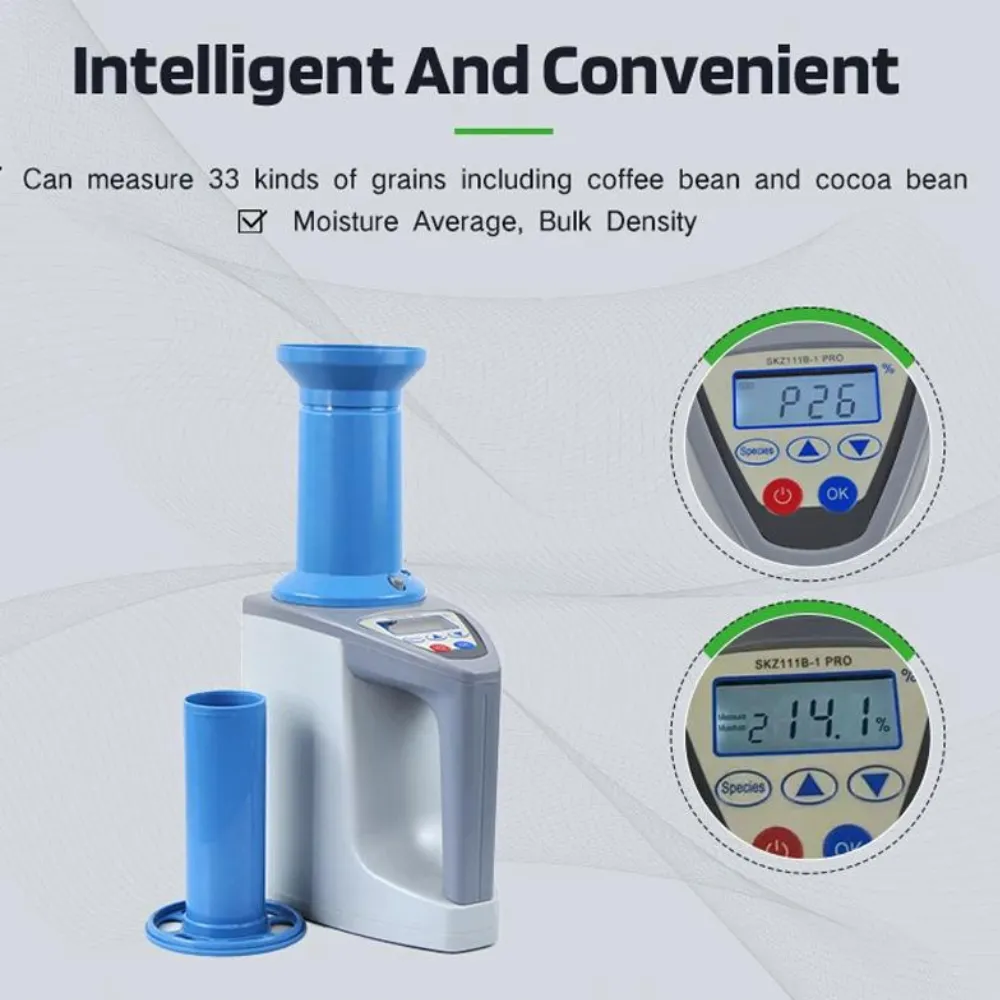
One of the primary challenges associated with corn moisture meters is maintaining their calibration and accuracy over time. Moisture probes, for example, require regular calibration to ensure their readings remain reliable. Inaccurate calibration can result in erroneous moisture content measurements, which can affect grain quality and storage decisions. Additionally, interference from nearby objects like metal rods can further distort readings, making it difficult to obtain an accurate assessment.
The initial cost of acquiring high-quality moisture meters can be substantial. Devices such as moisture probes and advanced thermal imaging cameras require a significant investment, which may not be feasible for all farmers or grain handlers. Moreover, high production costs and regulatory challenges are notable weaknesses that can hinder market growth and adoption. Despite their benefits, the high price points of these devices can be a barrier to widespread use, particularly for smaller operations.
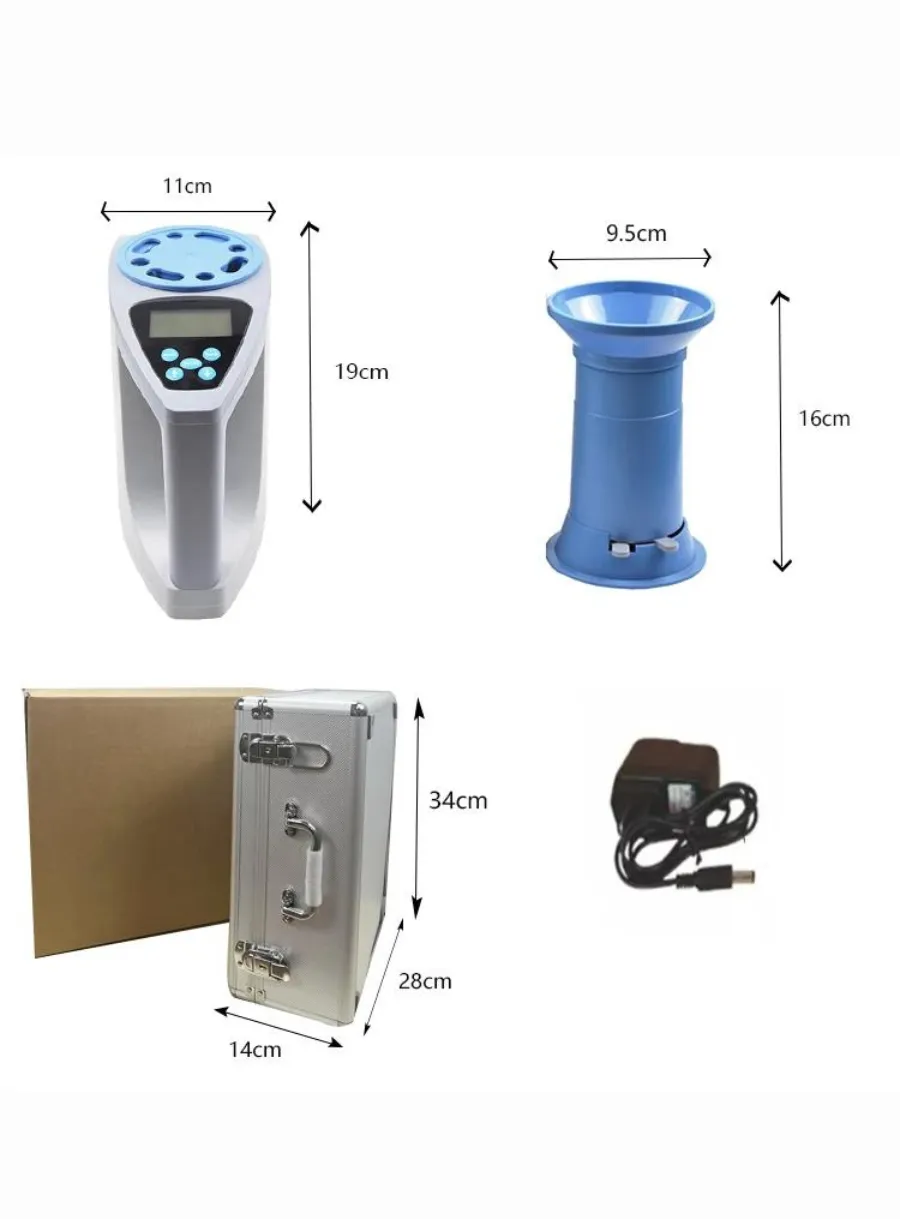
Complexity and Skill Requirements
Advanced moisture meters often necessitate a higher level of skill and understanding from the operators. For instance, the use of thermal imaging cameras and other sophisticated devices can be complex and require thorough training to avoid inaccurate results. Misuse or incorrect operation of these tools can lead to false readings and potentially damage sensitive equipment or materials.
Environmental and External Factors
Environmental conditions and external factors can also pose significant limitations. For example, hygrometers, which measure humidity and moisture content, may be affected by fluctuations in temperature and humidity, despite having automatic compensation technology. Variations in environmental conditions can lead to inconsistent measurements if not properly accounted for.
Technological Limitations
While some devices, such as the GAC 2700-UGMA, boast advanced features like 149 MHz technology for quick and accurate moisture analysis, they also have their downsides. These include higher complexity and less informative instruction manuals, which can be a hurdle for users. Additionally, certain moisture meters may not be able to measure specific materials, such as parchment, which can limit their utility in certain scenarios.
Navigating Regional Market Dynamics
The grain moisture meter market is influenced by various regional dynamics, including regulatory frameworks, technological advancements, and economic conditions. In regions like Europe, stringent regulations drive product standardization, while in North America, technological advancements play a key role. Understanding these regional nuances is crucial for stakeholders to navigate the market effectively and address the unique challenges presented by each region.
Comments
Tags
Frequently Asked Question
Maintaining accurate calibration is crucial, as inaccurate calibration can lead to erroneous moisture content measurements. Interference from nearby objects can also distort readings.
The substantial investment required for devices like moisture probes and thermal imaging cameras may not be feasible for all farmers and grain handlers, hindering market growth and adoption.
The use of sophisticated devices like thermal imaging cameras can be complex, requiring thorough training to avoid inaccurate results and potential damage to the equipment.
Technological limitations include compatibility issues with certain materials, as well as higher complexity and less informative instruction manuals. Regional factors, such as regulatory frameworks and economic conditions, can also influence the market dynamics and adoption of these devices.

